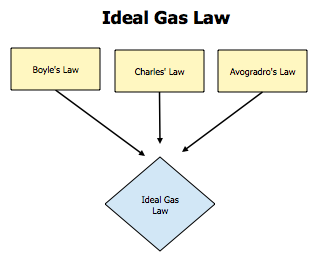This week we were learning equilibrium. We spent most of the week either doing calculations or doing ConcepTests, both of which are very helpful. Equilibrium is a fairly simple concept, and for me hasn't been too hard to understand. LeChatalier's principle is a fundamental principle when it comes to equilibrium, and it says that if you change a reaction in some way, it will always try to come back to equilibrium. For example, if you have the reaction A+2B<--->3C, and you add more A to the reaction, the reaction will shift towards the product to balance it. The same works for pressure. If the reaction was put under higher pressure, the pressure wouldn't shift in this case because there are equal numbers of moles on each side of the equation. However, if there were four moles of C rather than three, the reaction would shift towards the reactants because there would be a higher pressure in the products, C, that needed to be balanced out. The unit K tells us the equilibrium constant for a reaction, and can either be Kc or Kp depending on whether we are measuring pressure or concentration of the reactants/products. To calculate these we would divide the concentration/partial pressures of the products by those of the reactants at equilibrium to find the value for K. Here is a good website for calculating K. There is also the letter Q which represents the K value for any specific point during a reaction not at equilibrium, calculated in the same way.(I accidentally pressed the quote button and that's why it's indented like this... don't know how to fix it. Sorry about that.)
We also did a great demo with a syphon and two graduated cylinders that visually represented the equilibrium process very well. When more of the liquid was added to one cylinder, it went through the syphon to the other "side" and came to equilibrium when the two water levels were at the same height. The demo was pretty helpful in explaining the basics of equilibrium.
I think my grasp of the concepts we learned this week is pretty solid, but I have a feeling the hard parts are just beginning so I need to stay on top of the material we have now so I don't fall behind for the next week. Other than that, I have really enjoyed equilibrium.




